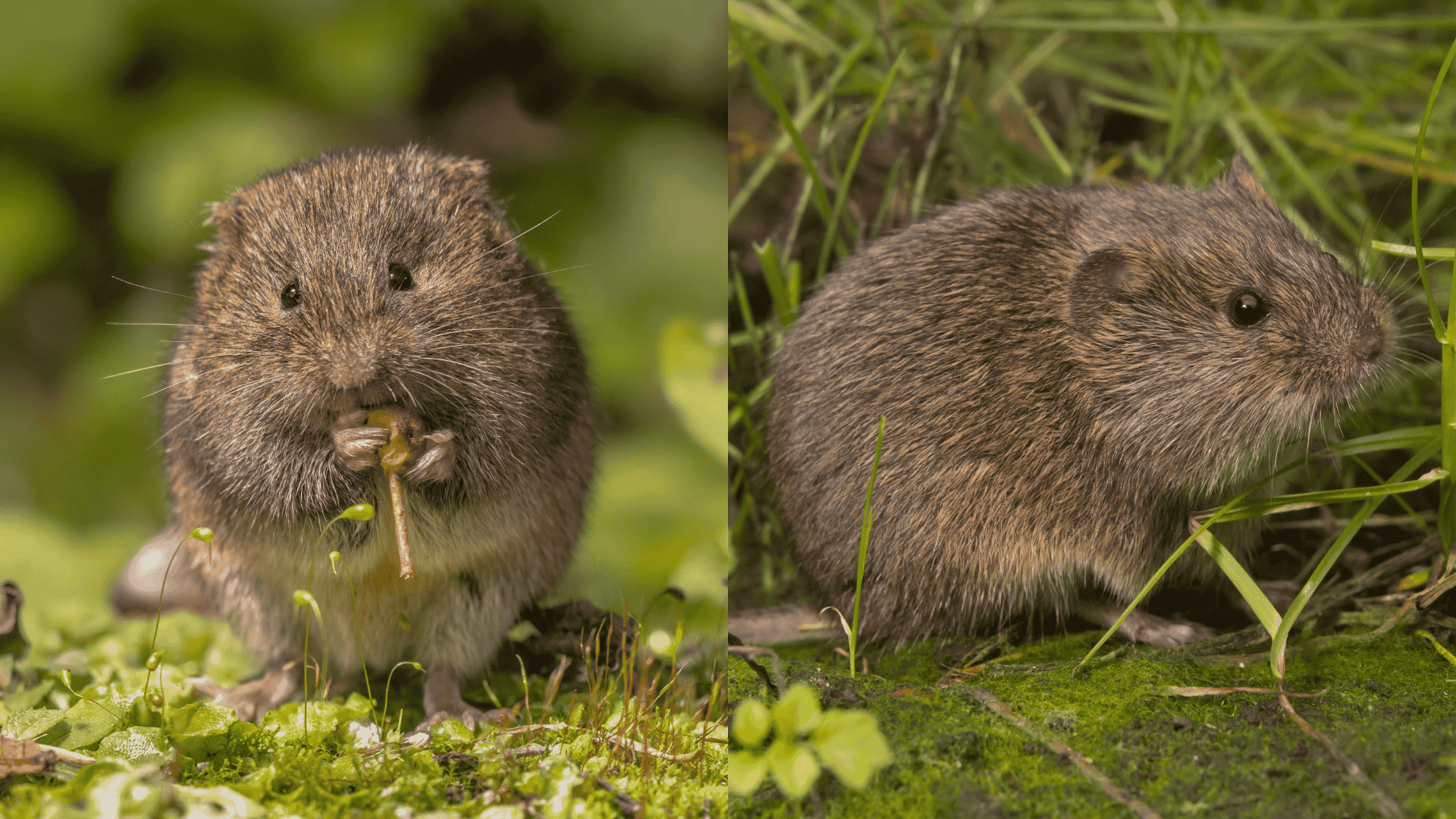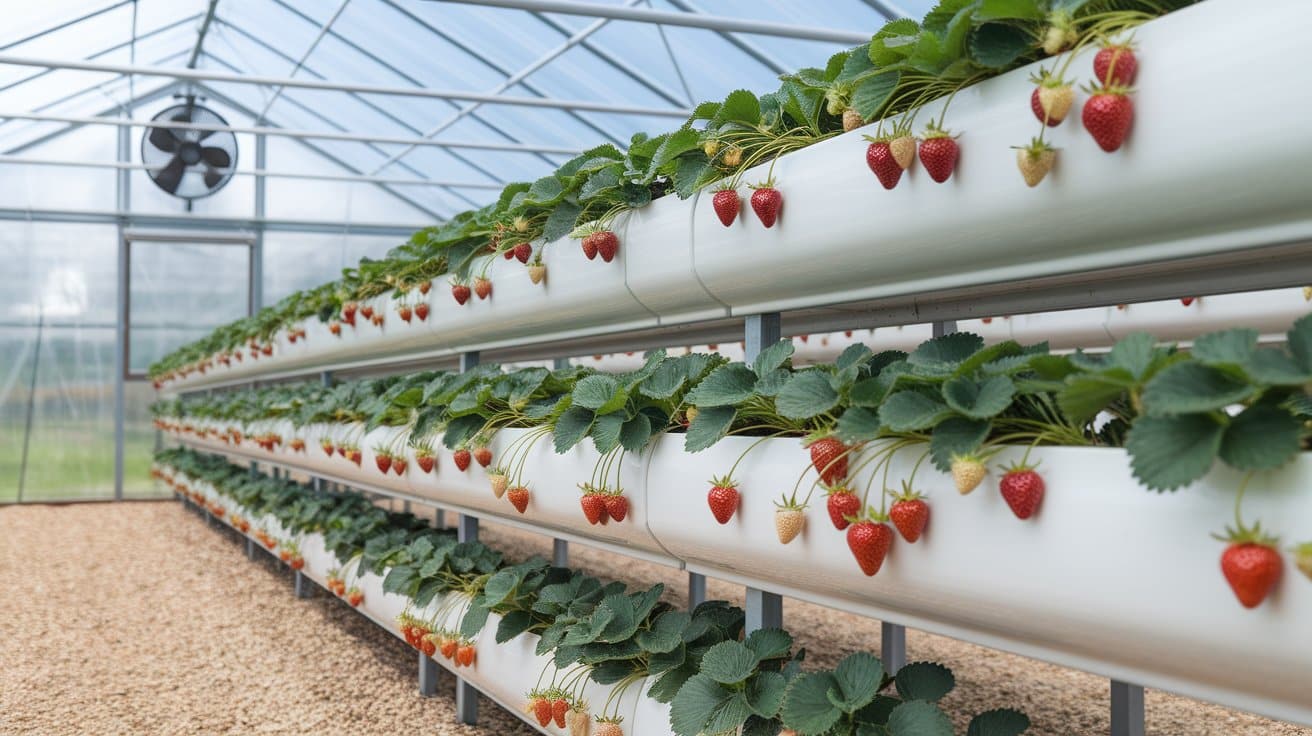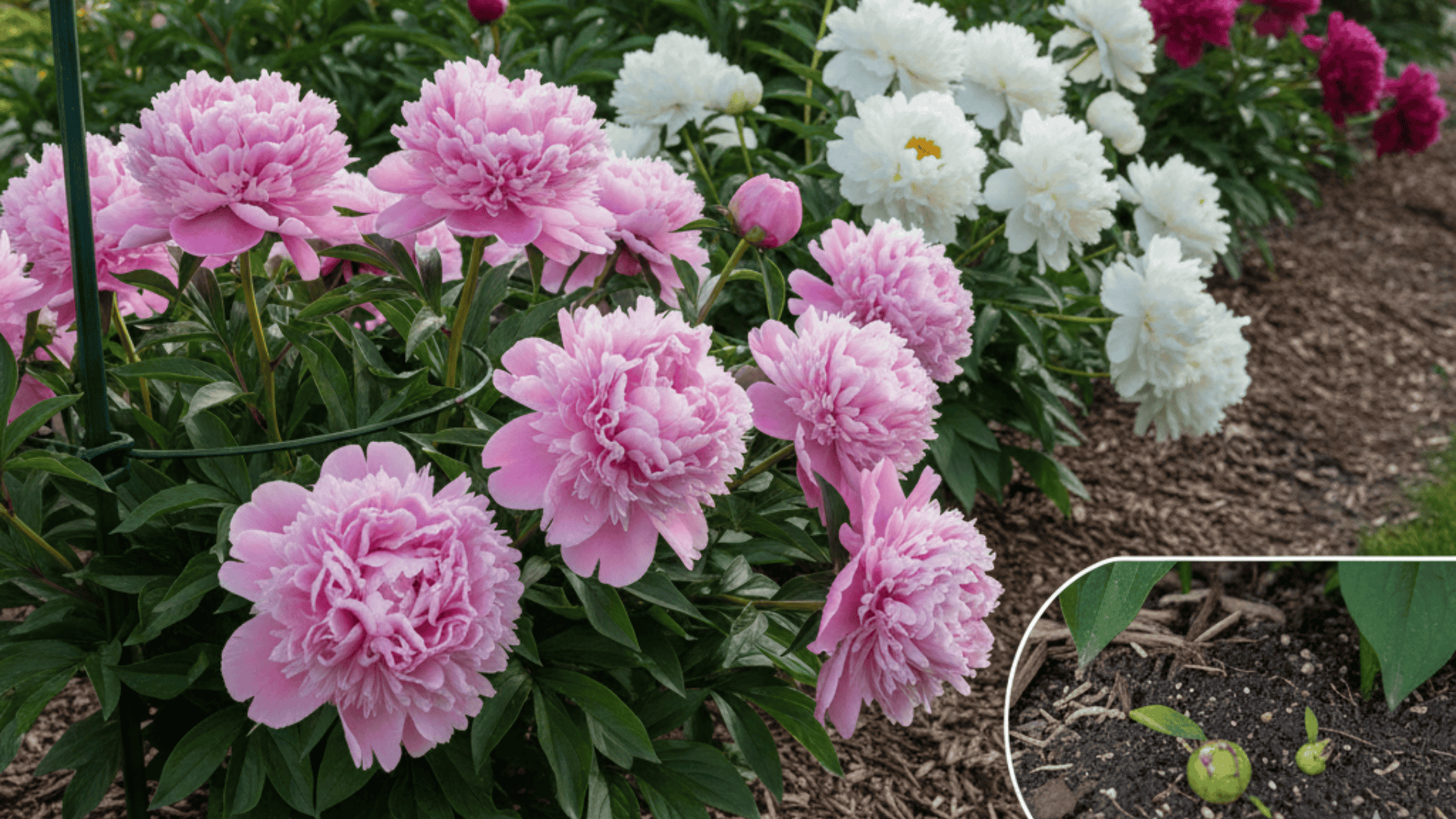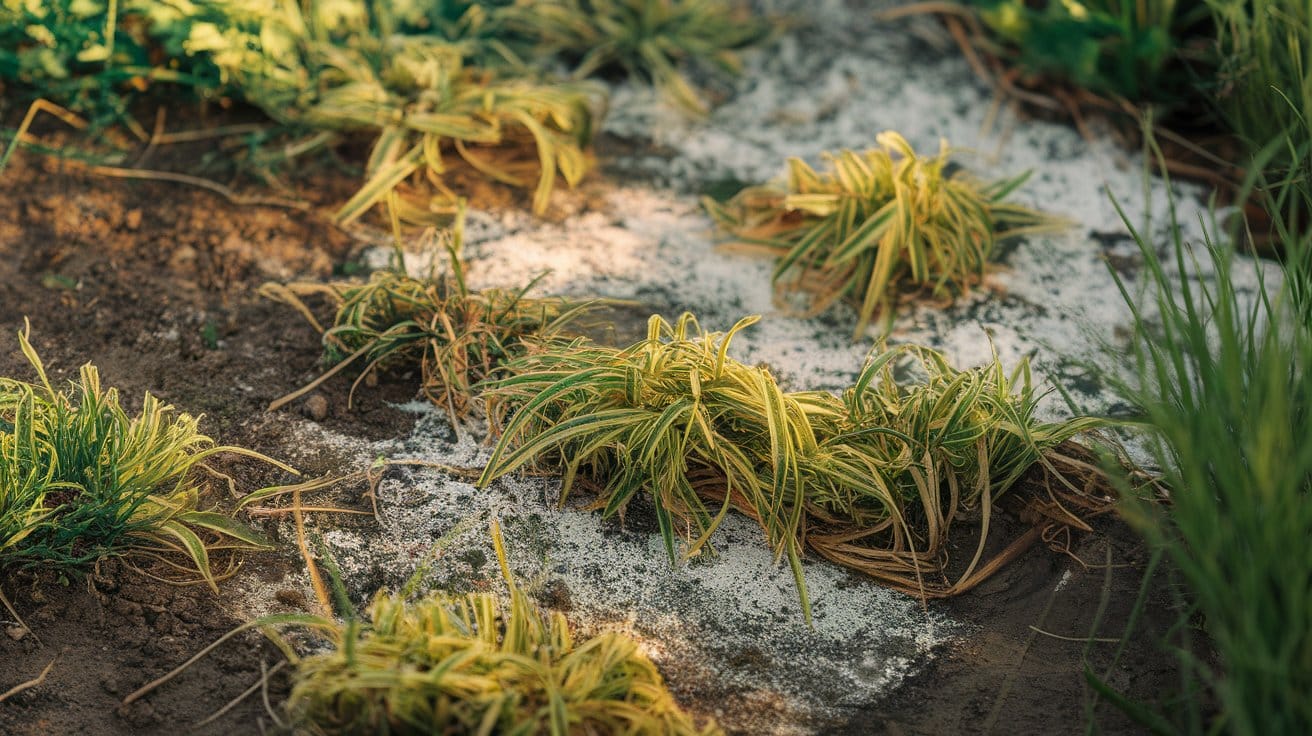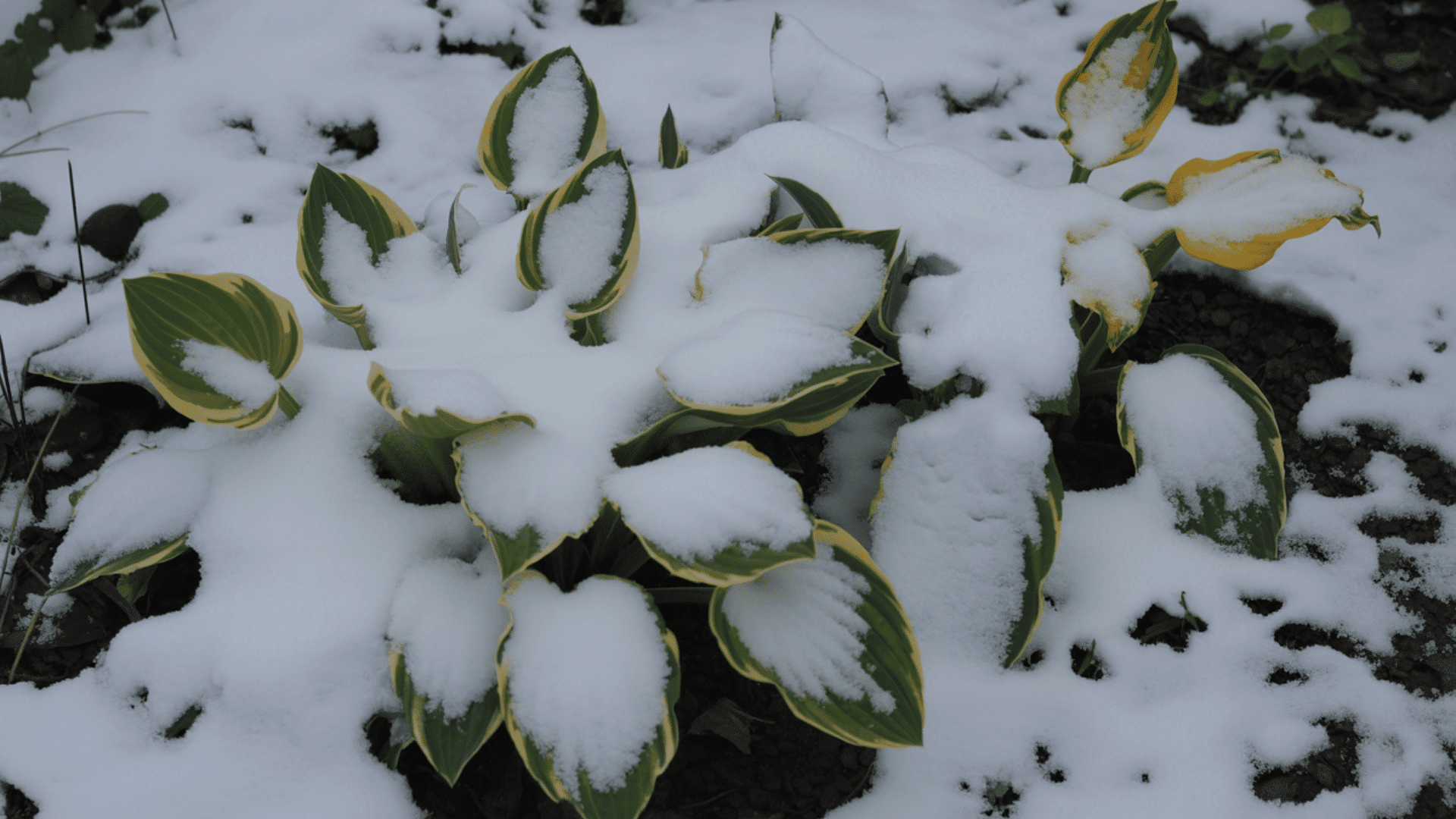Finding tunnels or chewed plants across your lawn often means voles are at work.
These small rodents can quickly damage roots, bulbs, and turf, leaving your yard patchy and unhealthy.
Acting fast to manage them keeps your landscape in good shape.
This blog outlines how to get rid of voles using practical, natural, and pet-safe solutions.
From simple prevention methods to expert-approved removal techniques, here’s how to protect your garden from further damage.
Consistent care and early detection can make all the difference in controlling vole activity.
By following the right steps, you can restore your lawn’s health and keep these pests away for good.
What Are Voles?
Voles belong to the rodent family and are often confused with moles or mice due to their small size.
They typically measure between 4 to 8 inches long, with short tails and compact bodies.
These rodents live in shallow underground tunnels, feeding on plant roots, bark, and seeds.
They reproduce rapidly, causing infestations to spread quickly, especially in moist soil and dense vegetation that make gardens and lawns ideal habitats.
While voles can help aerate soil, their feeding habits often result in widespread root damage, making it important to recognize and manage them early.
Knowing what voles look like and how they behave helps target the right control methods.
Although voles help with soil aeration, they can damage plants and turf if their populations grow unchecked.
What’s the Difference Between Voles, Moles, and Mice?
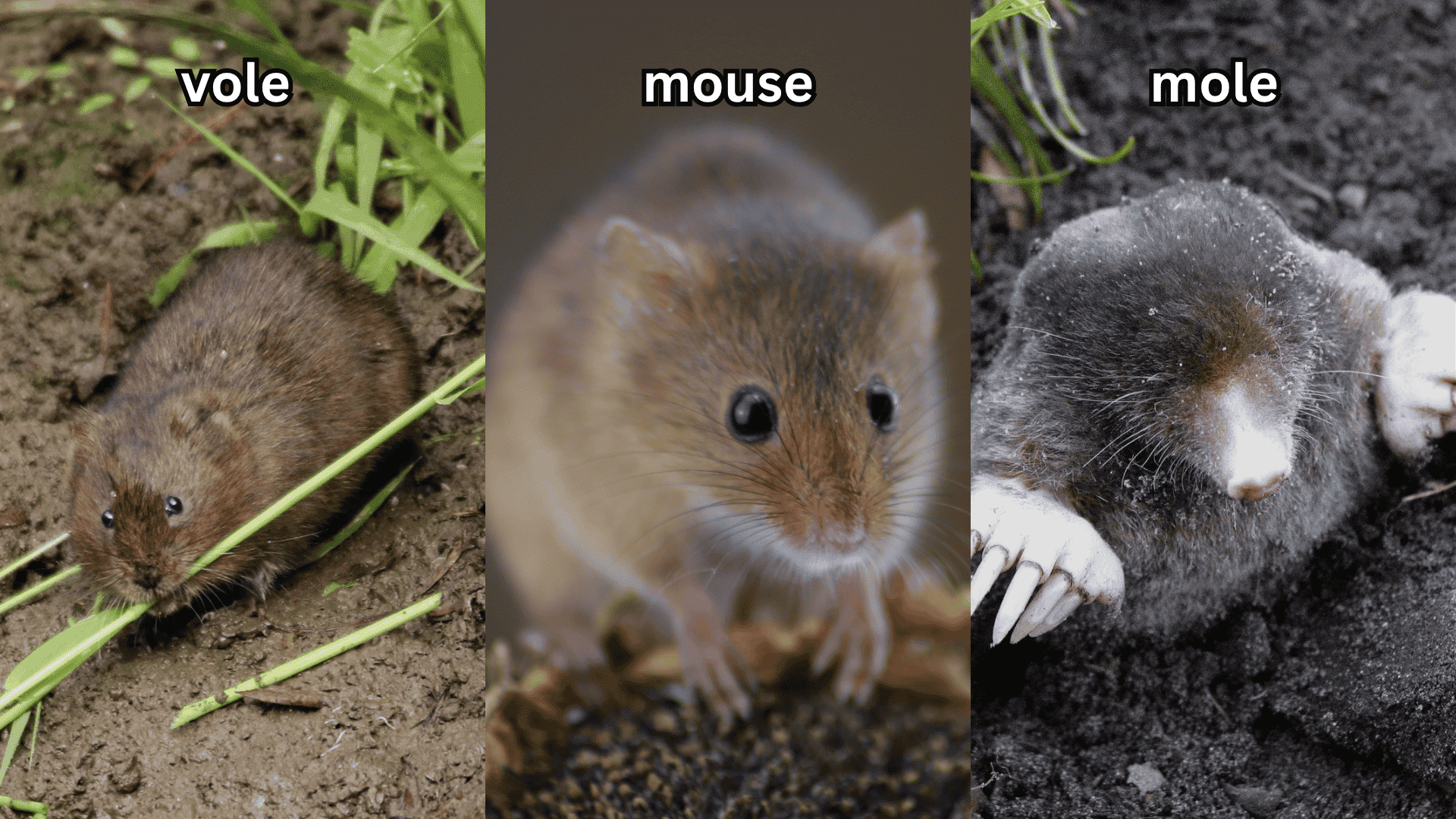
Voles, moles, and mice look similar at first glance, but they differ in behavior and the type of damage they cause.
- Moles feed on insects and earthworms, leaving raised soil ridges.
- Mice prefer indoor spaces and are drawn to food sources.
- Voles, however, chew through roots, stems, and bulbs, creating visible surface runways in grass.
| Feature | Voles | Moles | Mice |
|---|---|---|---|
| Diet | Roots, bulbs, grass | Earthworms, insects | Grains, crumbs |
| Habitat | Shallow garden tunnels | Deep soil tunnels | Indoors, garages |
| Damage | Chewed stems, surface runways | Soil mounds, raised ridges | Nibbled food, droppings |
Identifying the right pest is key before choosing how to get rid of voles or any similar rodent effectively.
Signs you’re dealing with voles:
- Narrow, worn surface paths across lawns.
- Small burrow openings (1–2 inches wide).
- Gnawed tree bark or plant stems near the ground.
- Dead patches of grass or wilted plants.
If you notice these signs, you’re likely dealing with voles, not moles or mice.
Effective Ways to Get Rid of Voles
Controlling voles requires more than one quick fix; it’s about combining several long-term measures that disrupt their food supply, nesting areas, and comfort zones.
These strategies not only help remove current infestations but also keep voles from returning.
Each method below focuses on safe, practical, and effective ways to protect your garden, all while maintaining balance in your outdoor ecosystem.
1. Eliminate Food and Shelter Sources
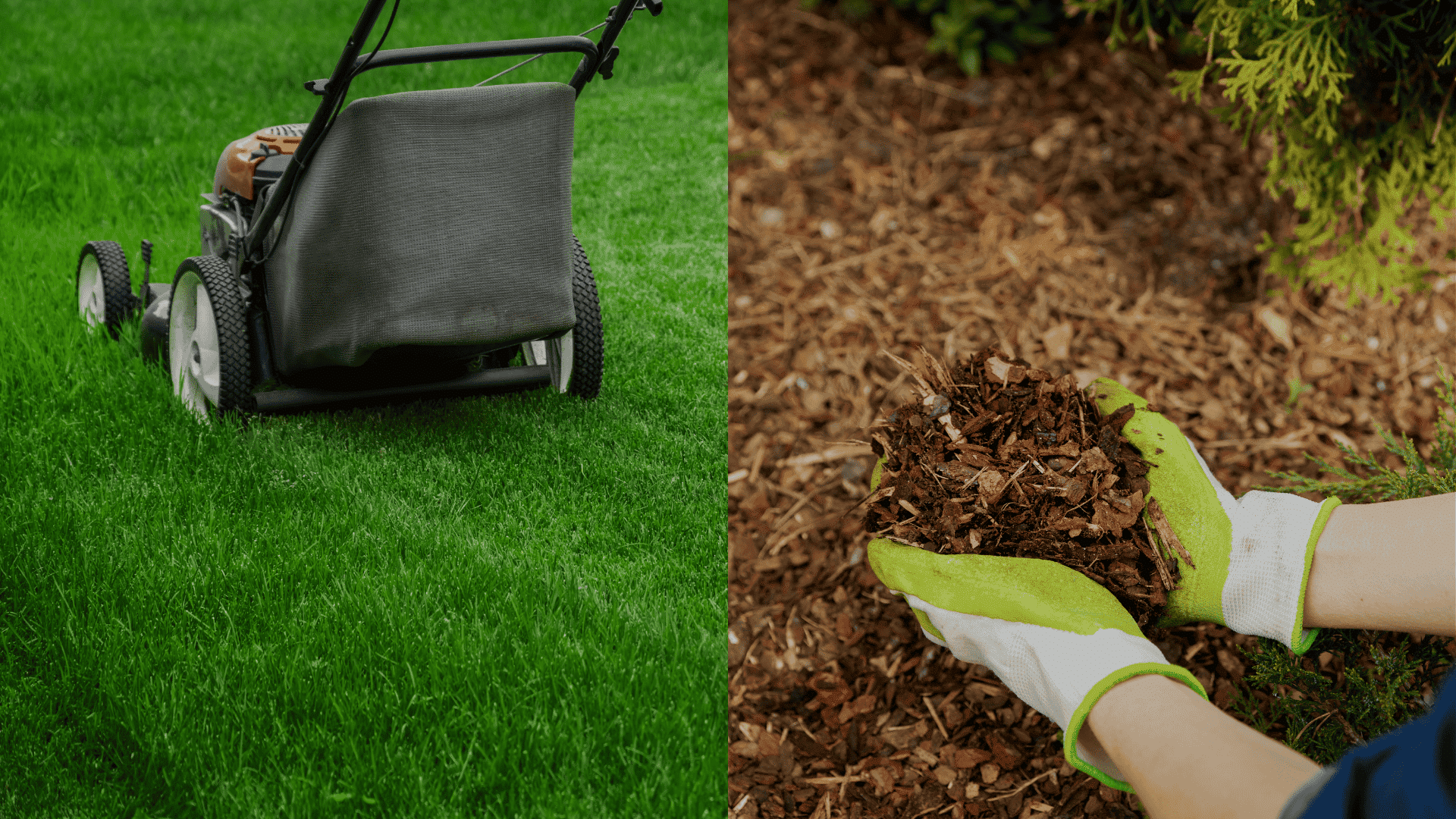
Start by removing anything that makes your yard inviting to voles.
- Mow grass regularly to reduce hiding spots and limit vole pathways.
- Clear thick mulch, weeds, and fallen leaves that serve as cover for tunneling.
- Remove fallen fruit and debris around trees or garden edges, as these act as both food and shelter.
Keeping your lawn open and tidy makes it less appealing for voles to settle or breed.
2. Set Up Physical Barriers
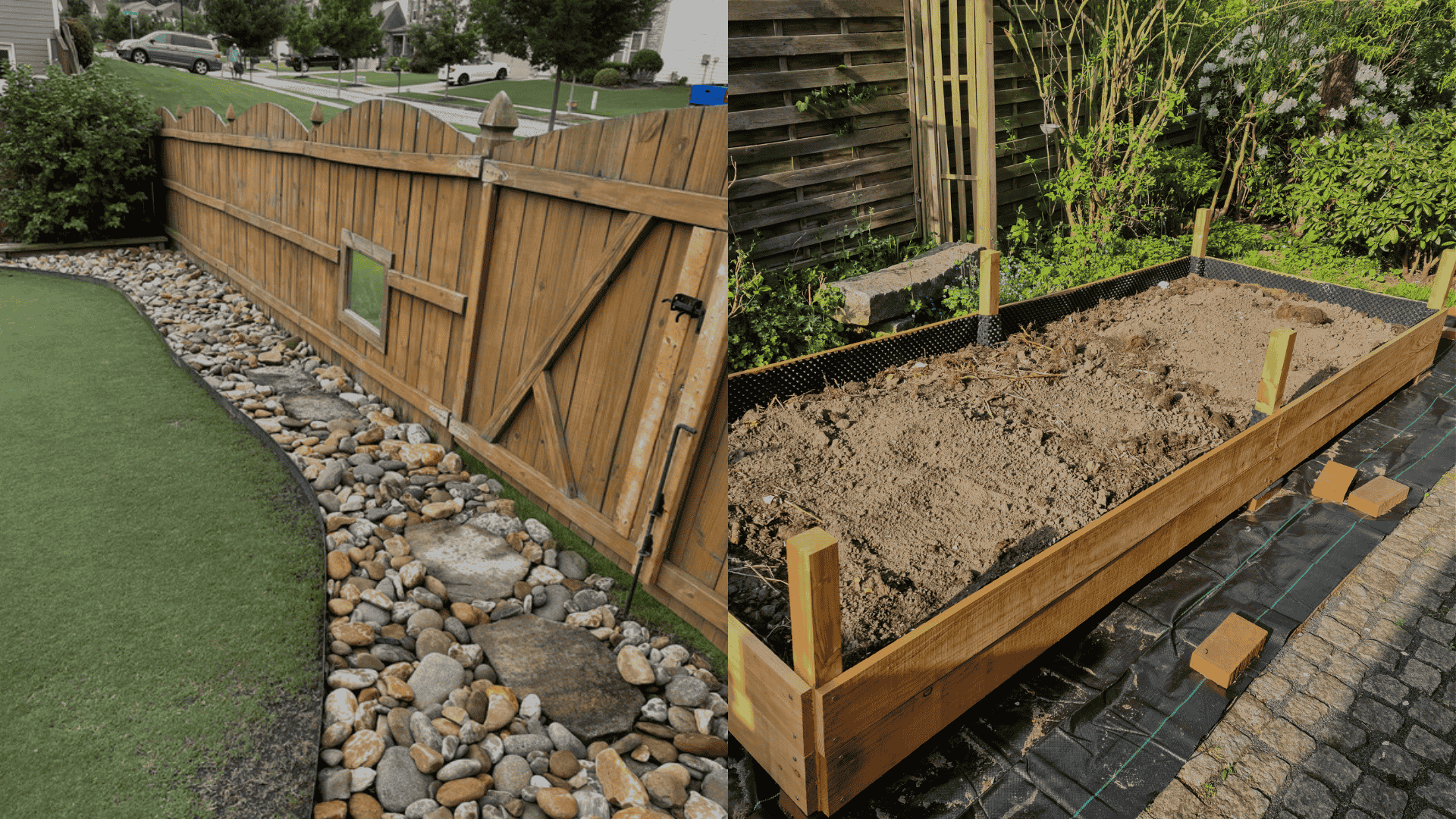
Physical barriers prevent voles from accessing sensitive areas like tree roots or garden beds.
- Install hardware cloth or wire mesh underground around vegetable patches, bulbs, and trees; bury it at least 6–10 inches deep to block tunnels.
- Add gravel borders or stone edging along fences and pathways to make digging difficult.
- Use raised garden beds when possible for added protection against burrowing.
These barriers serve as a long-lasting defense that reduces vole access while blending with natural landscaping.
3. Encourage Natural Predators
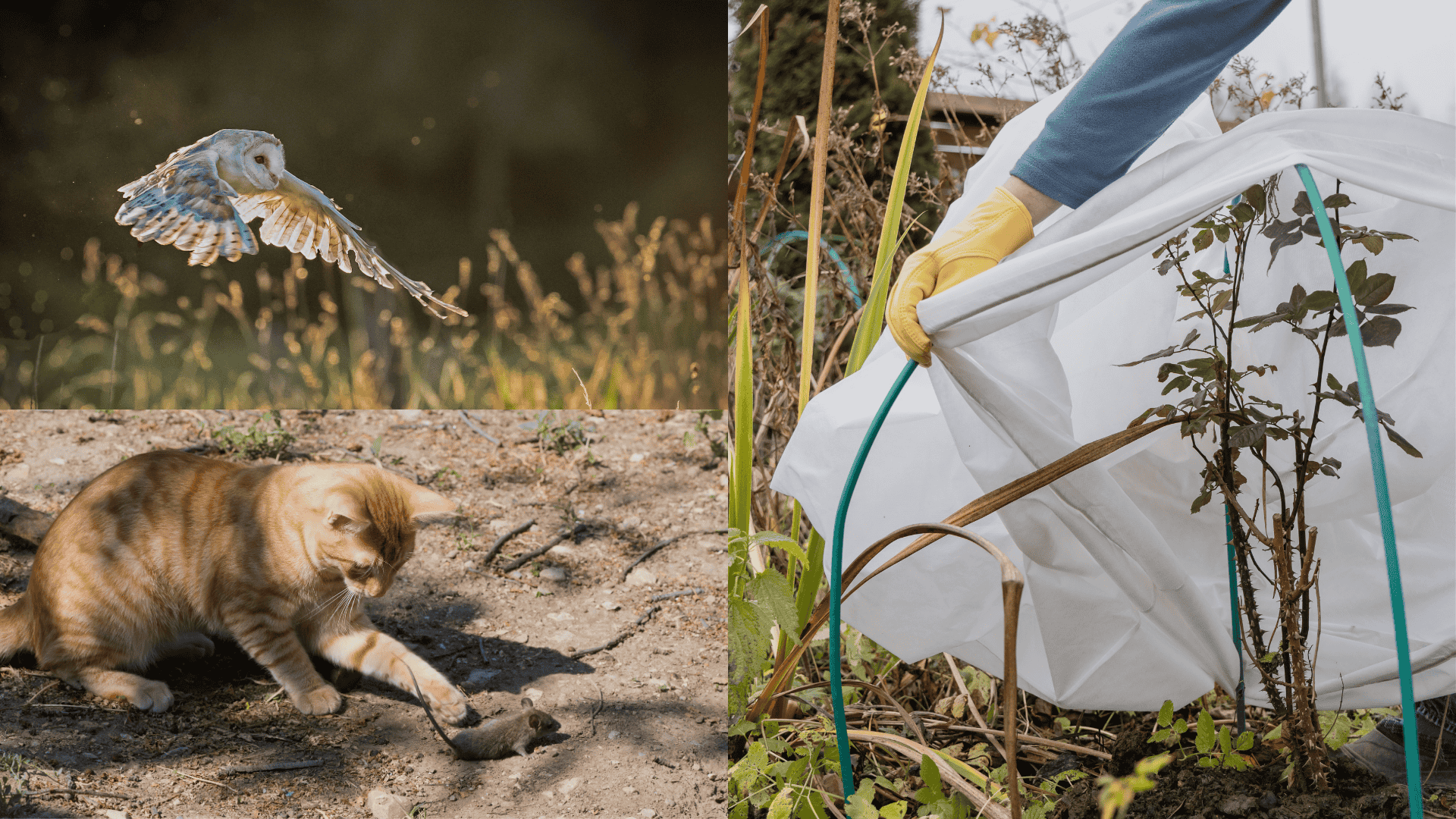
Nature provides an effective balance when predators help manage vole populations.
- Attract owls or hawks by installing perches or nesting boxes nearby.
- Maintain habitats for snakes and outdoor cats to naturally keep voles in check.
- Avoid removing predator shelters like brush piles or trees where these helpers thrive.
Supporting natural predators can control vole numbers over time without relying on chemical solutions.
4. Apply Castor Oil Spray (Safe and Natural)

Castor oil is one of the most trusted natural methods to get rid of voles. It works by irritating their sense of smell and taste, encouraging them to leave treated areas.
- Mix 2 tablespoons of castor oil, 1 teaspoon of dish soap, and 1 gallon of water in a garden sprayer.
- Apply evenly across tunnels, runways, and garden borders.
- Repeat weekly or after heavy rain for consistent results.
Castor oil doesn’t kill voles; it simply drives them away safely, making it ideal for pet-friendly homes and organic gardens.
5. Trap for Quick Results
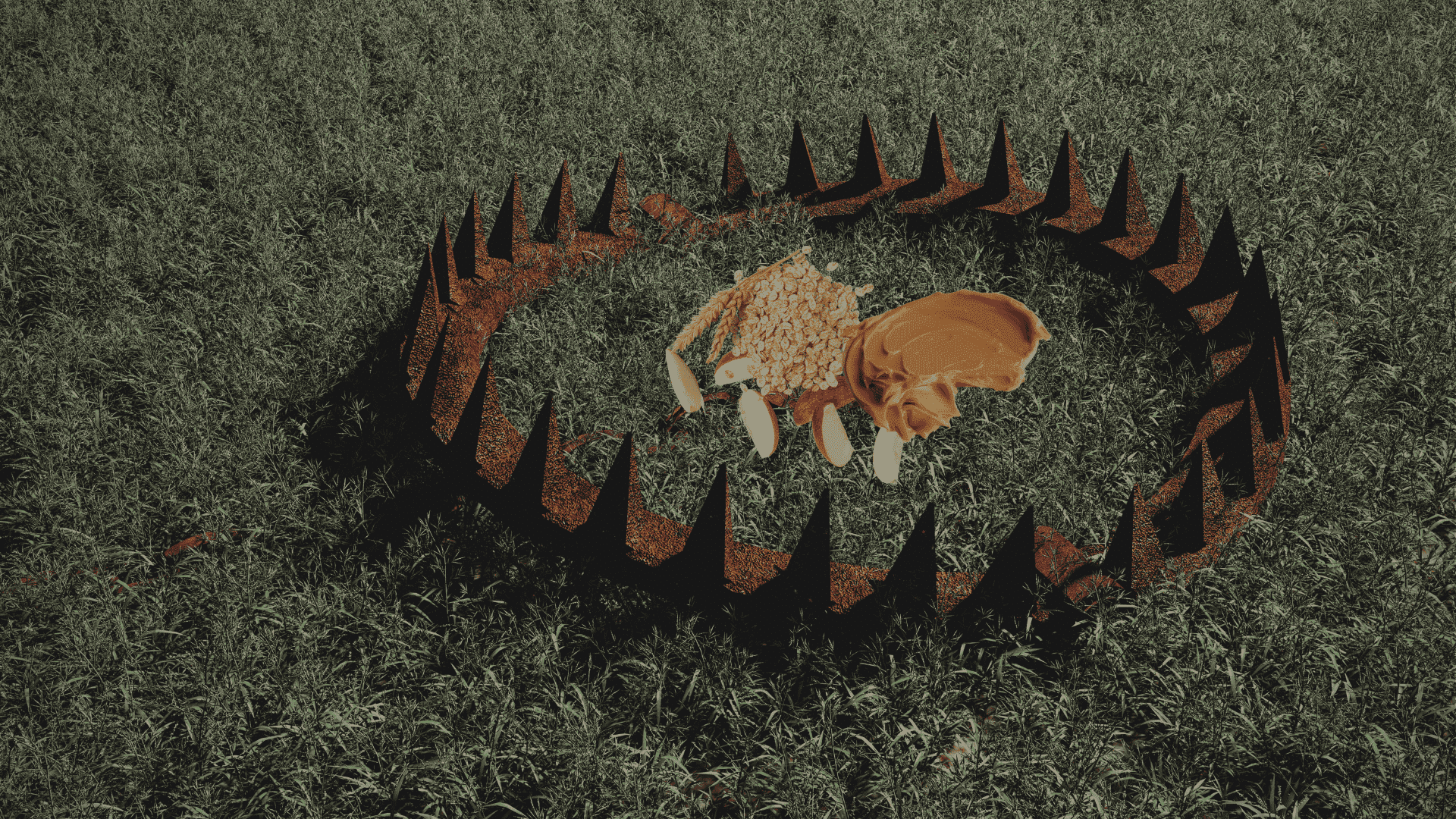
Traps are best for targeting small infestations or specific problem zones.
- Use snap or live traps placed directly along active vole runways.
- Bait with apple slices, peanut butter, or oats to attract voles effectively.
- Check traps daily and relocate captured voles far from residential areas.
Trapping gives immediate results and can be combined with repellents for a faster, more complete solution.
6. Try Sound or Vibration Deterrents
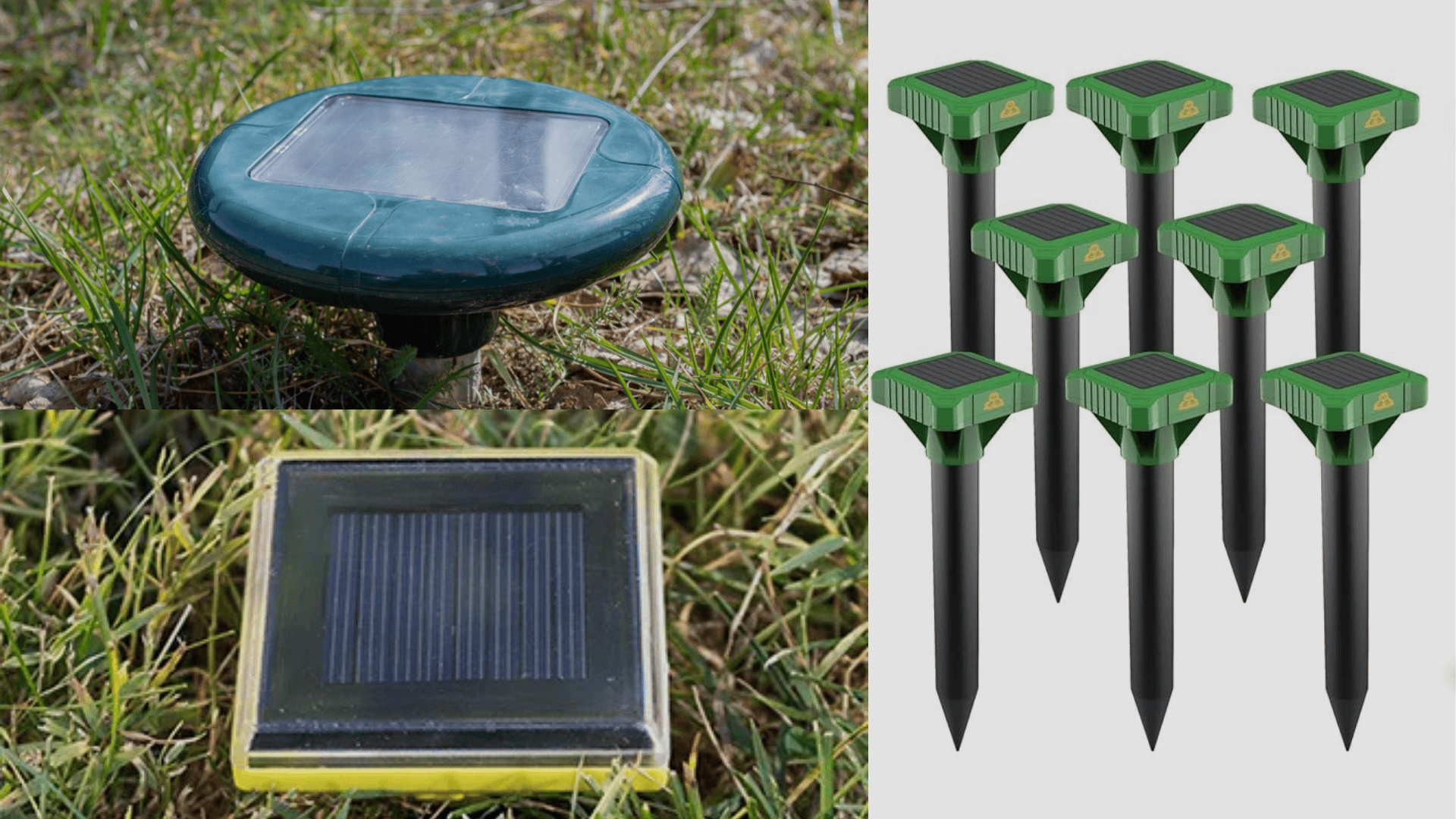
Voles rely heavily on hearing and touch, so noise and vibrations can disrupt their environment.
- Install solar-powered sonic spikes that emit low-frequency vibrations through the soil.
- Space devices evenly around your lawn to cover the entire affected area.
- Leave them in place for several weeks to prevent voles from returning.
These devices are humane, easy to maintain, and completely safe for pets and children.
7. Call a Pest Control Professional
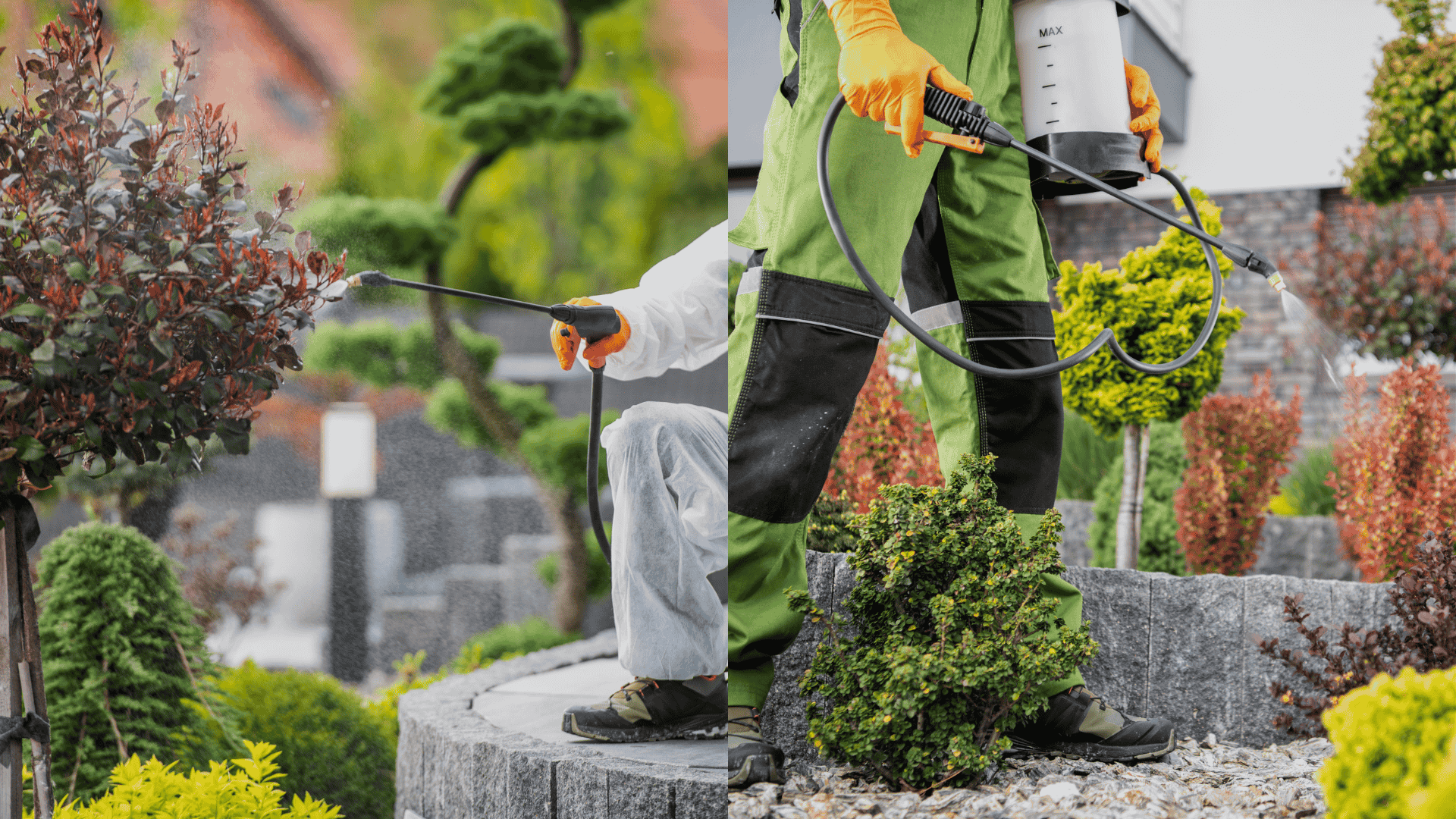
When home remedies aren’t enough, expert help ensures the job is done thoroughly.
- Professionals can identify vole tunnels, nesting zones, and population size before choosing the best control method.
- They use advanced, eco-friendly treatments to ensure safety for plants and pets.
- Long-term plans often include follow-up visits and preventive steps for year-round protection.
Hiring a licensed pest control specialist is the most reliable option for large or recurring vole infestations.
How to Get Rid of Voles Naturally and Without Harming Pets?
When thinking about how to get rid of voles safely, focus on non-toxic solutions.
- Spray natural mixtures made with garlic, peppermint, or hot pepper.
- Avoid chemical poisons or pellets that can harm animals.
- Maintain clean lawns and open spaces to reduce nesting zones.
- Combine repellents and prevention to maintain long-term protection.
Using these approaches ensures how to get rid of voles naturally while keeping your home eco-friendly and safe for pets.
Preventing Voles from Coming Back
Once you’ve learned how to get rid of voles, prevention is the key to keeping them from coming back.
Small, consistent lawn and garden habits make a big difference in discouraging voles from settling again.
- Inspect for tunnels and burrows often: Look for small holes or raised soil trails every few weeks. Addressing these early prevents a small problem from turning into a full infestation.
- Protect plant roots and bulbs: Use raised beds or bury wire mesh a few inches deep around garden plants and trees. This makes it harder for voles to reach roots and chew through them.
- Reapply natural repellents regularly: Castor oil sprays and other natural repellents lose strength over time, especially after rain. A light reapplication every few months keeps the scent barrier active.
- Limit mulch and remove clutter.: Thick mulch, weeds, or garden debris can give voles shelter. Keep mulch layers thin and clear out unnecessary piles to reduce hiding spots.
- Keep yard edges clean: Voles often hide around compost bins, decks, or stacked materials. Store items off the ground and maintain open space near garden borders.
Consistent care and observation make your property less welcoming to voles.
With these simple steps, you’ll maintain long-term control and preserve your yard’s health naturally.
Conclusion
Learning how to get rid of voles involves understanding their habits, identifying damage signs, and applying the right mix of natural and practical methods.
Voles can cause extensive garden and lawn destruction if ignored, but early action and prevention make a lasting difference.
Using safe repellents, keeping the yard clean, and setting physical barriers are effective ways to manage these rodents long-term.
If the issue grows beyond control, professional pest management ensures a thorough solution.
Consistent care and awareness keep your outdoor spaces healthy, pest-free, and thriving year-round.
Have you tried any of these methods or found other effective ways to remove voles from your yard?
Share your experience in the comments below!
Frequently Asked Questions
What Time of Year Are Voles Most Active?
Voles are most active during cooler months, especially in fall and early spring. They often tunnel under snow or moist soil when searching for roots and bulbs.
Do Voles Come Inside Houses?
It’s rare for voles to enter homes. They prefer staying outdoors in grassy or mulched areas. If found inside, it’s usually near foundations or basements connected to outdoor tunnels.
Can Bird Feeders Attract Voles?
Yes, spilled seeds from bird feeders can draw voles by providing an easy food source. Keep the ground clean and use catch trays to reduce seed buildup under feeders.

